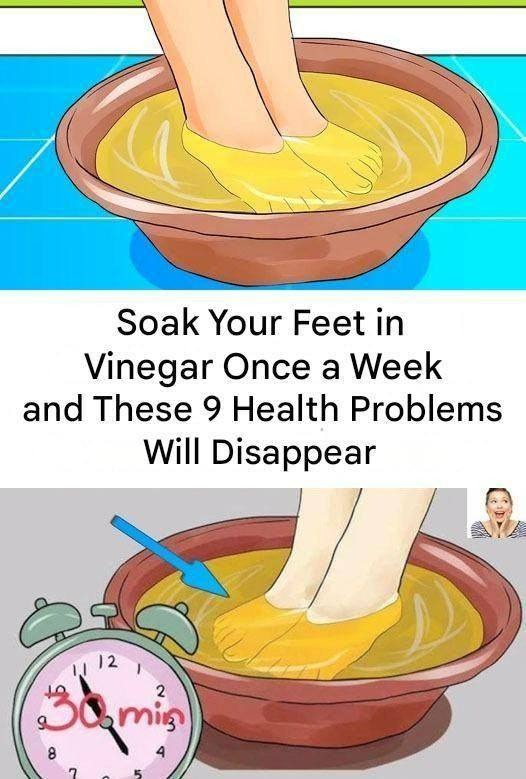3. May Soothe Tired, Achy Feet
The warm water (not vinegar) helps relax muscles and improve circulation
Some people report a refreshing, tingling sensation
✅ Great for relaxation — but not a medical treatment for swelling or poor circulation
4. May Help Soften Rough Skin
Acidity can gently exfoliate dead skin
Can be helpful for mild calluses or dry heels
✅ Follow with moisturizer to prevent dryness
⚠️ Risks & Precautions
While ACV is natural, it’s not risk-free:
❌
Skin irritation or burns
Undiluted ACV is highly acidic — can damage skin
❌
Worsens open sores or cracks
Stings and delays healing
❌
Not safe for diabetics
People with nerve damage or poor circulation should avoid DIY soaks without doctor approval
❌
Delays real treatment
Relying on ACV for fungal infections can let the problem get worse
✅ Always dilute: 1 part ACV to 2–4 parts water
✅ Never use on broken skin
✅ Limit to 15–20 minutes, 1–2 times per week
✅ Rinse and moisturize after
❌ What ACV Soaks Cannot Do
❌ “Cure toenail fungus”
No — severe cases need prescription treatment
❌ “Detox your body”
Your liver and kidneys detox — foot soaks don’t
❌ “Reduce swelling from heart or kidney issues”
No — seek medical care for edema
❌ “Balance your body’s pH”
Your body regulates pH naturally — foot soaks don’t change it
🛁 How to Do a Safe ACV Foot Soak (Step-by-Step)
What You’ll Need:
½ cup apple cider vinegar (raw, unfiltered like Bragg’s)
1–2 cups warm water (enough to fill a basin)
A foot basin or tub
Towel & moisturizer
Instructions:
Mix 1 part ACV with 2–3 parts warm water
Soak feet for 15–20 minutes
Rinse with clean water
Dry thoroughly, especially between toes
Apply a moisturizer or foot cream
✅ Do 1–2 times per week — not daily.
🚨 When to See a Doctor
See a podiatrist or dermatologist if you have:
Persistent foot odor despite hygiene
Yellow, thick, or crumbling toenails
Cracked, bleeding, or painful skin
Swelling, numbness, or poor circulation (especially if diabetic)
🩺 Proper diagnosis and treatment are always better than guesswork.
